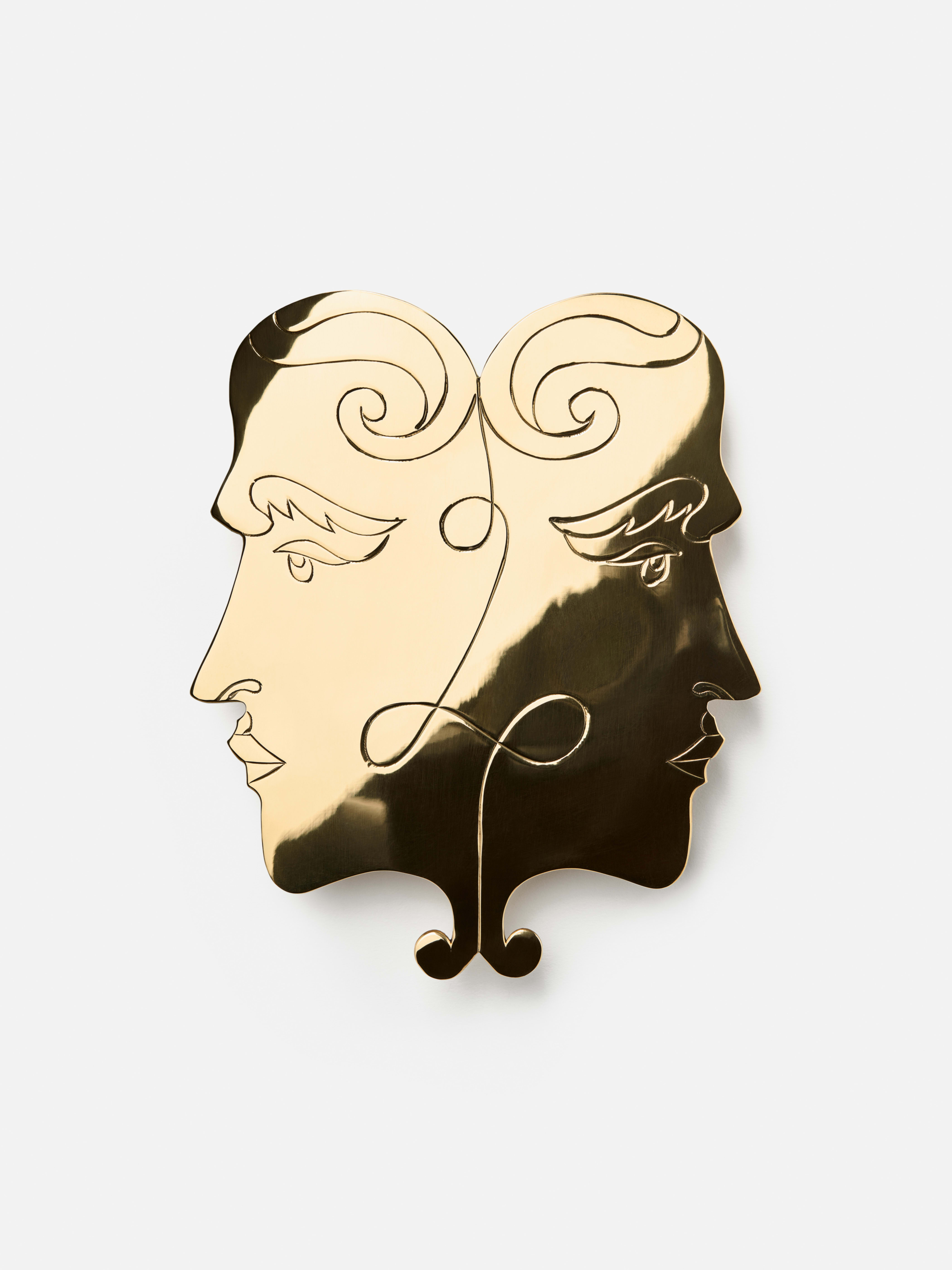
Vase Jam Jar

Svenskt Tenn’s large, round glass vase, Dagg (Dew), has become a modern classic since 2009. Its distinctive bubble design is inspired by dewdrops, making it truly unique. Popular and loved by many — designed by the renowned glass artist Carina Seth Andersson.


When Carina Seth Andersson designed vases for Svenskt Tenn in 2009, she drew inspiration from the exotic items that the company’s founder Estrid Ericson collected from travels around the world.


Carina Seth Andersson“The design of the vase is organic. It is crafted and interpreted by experienced hands. There is nothing static about it. While each vase is blown in the same mould, each one gets a slightly different expression depending on the glass mass and the heat.”

Each Dagg vase is blown into a graphite mould at Skruf Glassworks in Småland, Sweden. Its popularity has had a major impact on this glasswork which, thanks to the vase, has been able to recruit more staff and open a new oven.

Carina Seth Andersson is a Swedish ceramist, glass artist, and designer known for her works in glass and ceramics.

Vase Jam Jar

Vase Dagg

Trivet Triton

Vase Acorn